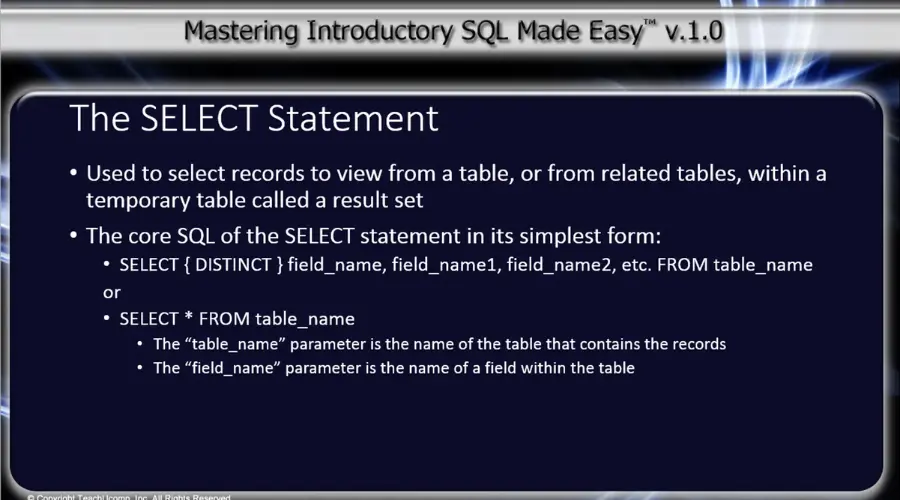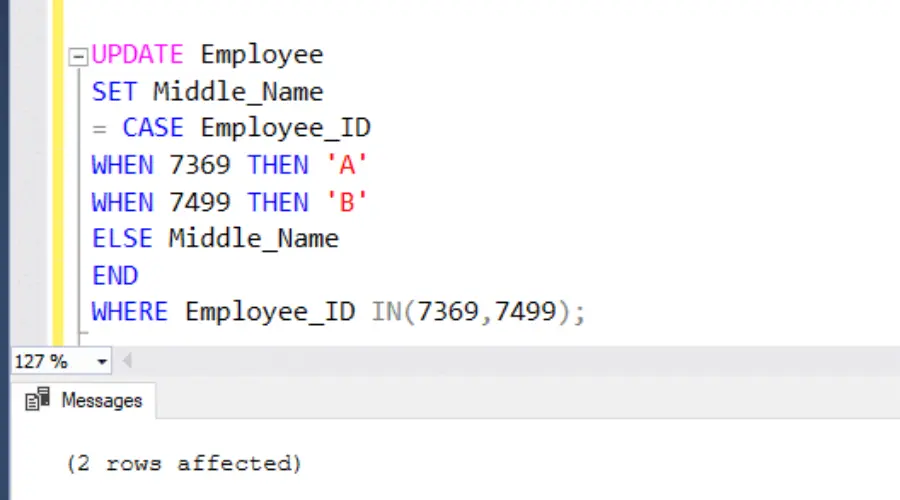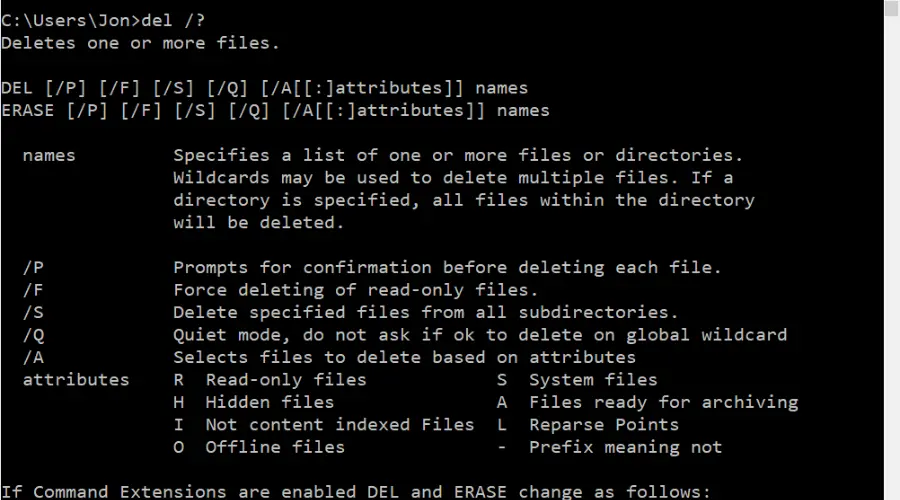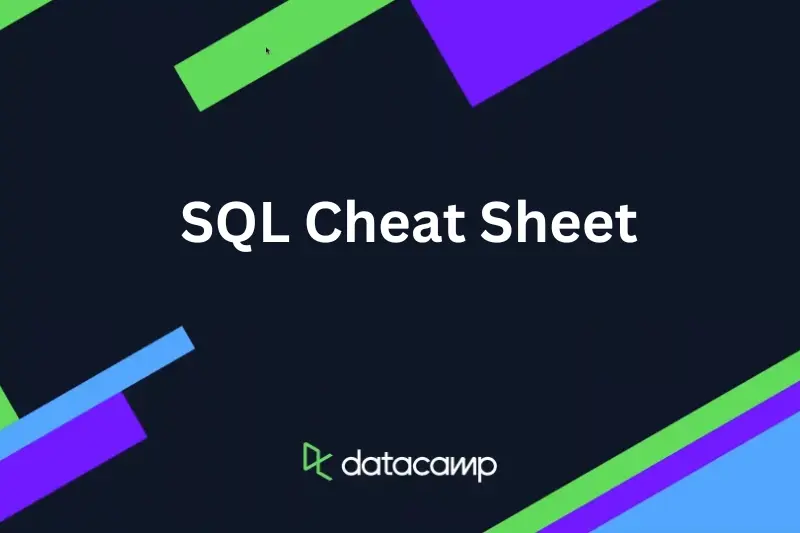Database communication is done using the SQL (Structured Query Language). Using a database, you can store, retrieve, and manipulate data. SQL is used in almost all databases, including Oracle, Microsoft SQL Server, PostgreSQL, and MySQL.
The SQL cheat sheet is a quick reference guide for anyone needing help with basic SQL commands. It includes a breakdown of different types of commands, such as SELECT, INSERT, UPDATE, DELETE, and CREATE. It also includes a list of commonly used data types and operators, as well as an overview of the different types of joins and clauses.
Data from a database is retrieved using the SELECT command. It takes the form of SELECT followed by a list of column names, or * to select all columns. It can also include a WHERE clause to restrict the results to only rows that match certain criteria.
- INSERT adds new rows to a table. It takes the form of INSERT INTO followed by the table name, and then a list of values.
- A table’s data can be modified using the UPDATE command. It takes the form of an UPDATE followed by the table name, and then a SET clause which contains a list of column names and their new values.
- Table rows can be deleted using the DELETE command. It takes the form of DELETE FROM followed by the table name, and then a WHERE clause to restrict the results to only rows that match certain criteria.
- The CREATE command is used to create new tables. It takes the form of CREATE TABLE followed by the table name, and then a list of columns and their data types.
The SQL cheat sheet also includes a list of commonly used data types and operators. Data types include integers, strings, dates, and booleans. Operators include equals, greater than, less than, and LIKE.
An SQL cheat sheet on Datacamp
The SQL cheat sheet is a quick reference guide for anyone needing help with basic SQL. A detailed explanation of the SQL commands is given below-
1. The SELECT command

The SELECT command | Neonpolice
SQL SELECT command is used to retrieve data from a database table. It is one of the most commonly used SQL commands and is used to fetch data from a single table or multiple tables. The SELECT command allows us to pick the columns we want to include in the result, specify conditions to filter the result set, join tables, group the results, and more.
The SELECT command has the following sql syntax cheat sheet:
INTO (table) SELECT (columns) WHERE (conditions) ORDER BY (column).
where are the columns that you want to be included in the output, [table] is the name of the table from which the data should be retrieved, and [conditions] are conditions that limit the result set. The ORDER BY clause is optional and allows us to sort the results in a specific order.
Also Read: Top 5 Power BI Dashboard Tools for Better Visualization & Analysis!
2. The INSERT command
The INSERT command is a Structured Query Language (SQL) command that is used to add new records to a database table. This command allows users to add new data or update existing data in a database table.
A table name is inserted into a column using the syntax “INSERT INTO TABLE_NAME VALUES (column1, column2, …, column)”. The following example shows the syntax for inserting a new record into the “CUSTOMERS” table:
INSERT INTO CUSTOMERS
VALUES (43, ‘John Doe’, ‘[email protected]’, ‘123 Any Street’);
The above statement inserts a new record into the CUSTOMERS table. The column names “ID”, “NAME”, “EMAIL” and “ADDRESS” are specified as the columns to be populated with data. The VALUES clause specifies the data that will be inserted into each column, in the order in which they are listed.
3. The UPDATE command

The UPDATE command | Neonpolice
SQL UPDATE is a command used to modify existing records in an SQL database table. It is used to change the values of the fields in a table. It is also used to add new records to the table.
The basic syntax of the SQL UPDATE command is as follows:
The following statement updates table_name: SET column1 = new_value1, column2 = new_value2, …, AND condition;
The UPDATE command requires two parameters: the table name and the set of columns and values that are to be modified. The WHERE clause can be used to specify the exact set of records that should be updated.
4. The DELETE command

The DELETE command | Neonpolice
An existing record can be deleted from a table using the DELETE command. It can be used to delete a single row, multiple rows, or all rows from a table. To delete a single row, the command must specify the exact row to be deleted. To delete multiple rows, the command must specify a WHERE clause that defines the criteria for selecting the rows to be deleted. To delete all rows from a table, the command will simply use the keyword ALL.
The DELETE command has the following syntax:
DELETE FROM table_name
[WHERE condition]The DELETE command can be used in combination with other commands to delete records from multiple tables in a single statement.
5. The CREATE command
The CREATE command is used to create a new database, table, view, procedure, index, trigger, or user-defined data type. This command is used to specify the structure of the database, such as what columns and data types are in the table, and how they are related to each other. It is also used to specify the relationships between tables.
Here is the syntax for the CREATE command:
CREATE [object type] [object name] (
[column name] [data type], [column name] [data type],Conclusion
Overall, The importance of SQL lies in its ability to store, manage, and retrieve data within a database. This makes it an essential tool for businesses that need to store large amounts of data, such as customer information, product information, and financial data. SQL also allows businesses to create complex queries to quickly access the data they need. For more information about mysql cheat sheet visit the official website of Neon Police.
FAQs
